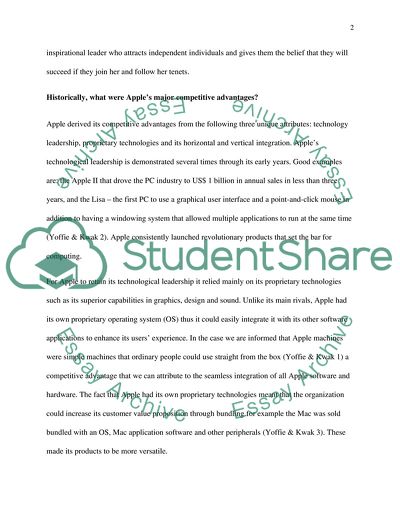Cite this document
(“Steve Jobs And Mary Kay Case Study Example | Topics and Well Written Essays - 1250 words - 4”, n.d.)
Retrieved from https://studentshare.org/sociology/1575166-case-study-strategic-leadership
Retrieved from https://studentshare.org/sociology/1575166-case-study-strategic-leadership
(Steve Jobs And Mary Kay Case Study Example | Topics and Well Written Essays - 1250 Words - 4)
https://studentshare.org/sociology/1575166-case-study-strategic-leadership.
https://studentshare.org/sociology/1575166-case-study-strategic-leadership.
“Steve Jobs And Mary Kay Case Study Example | Topics and Well Written Essays - 1250 Words - 4”, n.d. https://studentshare.org/sociology/1575166-case-study-strategic-leadership.


